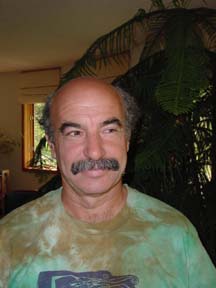BONN, Germany: If the devil is in the details, climate change negotiators are about to enter purgatory.
On Monday, some 2,000 delegates from 162 countries and dozens of specialist agencies open a two-week conference, the first to get into the nuts and bolts of a new global warming agreement meant to take effect after 2012.
The meeting builds on a landmark accord reached last December on the Indonesian island of Bali which, for the first time, held out the promise that the United States, China and India will join a coordinated effort to control carbon emissions blamed for the unnatural heating of the Earth.
The Bali conference agreed to conclude a new climate change treaty by December 2009. Another conference four months later in Bangkok adopted a negotiating timetable.
In Bonn, “the real work is now only beginning,” says Yvo de Boer, the U.N.’s top climate change official.
Scientists say the world’s carbon emissions must peak within the next 10 to 15 years and then fall by half by mid-century to avoid potentially catastrophic changes in weather patterns, a rise in sea levels that would threaten coastal cities and the mass extinction of plants and animals.
The new climate change pact will succeed the first phase of the 1997 Kyoto Protocol, which requires 37 industrialized nations to reduce greenhouse gas emissions an average of 5 percent below 1990 levels by 2012.
On Monday, some 2,000 delegates from 162 countries and dozens of specialist agencies open a two-week conference, the first to get into the nuts and bolts of a new global warming agreement meant to take effect after 2012.
The meeting builds on a landmark accord reached last December on the Indonesian island of Bali which, for the first time, held out the promise that the United States, China and India will join a coordinated effort to control carbon emissions blamed for the unnatural heating of the Earth.
The Bali conference agreed to conclude a new climate change treaty by December 2009. Another conference four months later in Bangkok adopted a negotiating timetable.
In Bonn, “the real work is now only beginning,” says Yvo de Boer, the U.N.’s top climate change official.
Scientists say the world’s carbon emissions must peak within the next 10 to 15 years and then fall by half by mid-century to avoid potentially catastrophic changes in weather patterns, a rise in sea levels that would threaten coastal cities and the mass extinction of plants and animals.
The new climate change pact will succeed the first phase of the 1997 Kyoto Protocol, which requires 37 industrialized nations to reduce greenhouse gas emissions an average of 5 percent below 1990 levels by 2012.

No comments:
Post a Comment